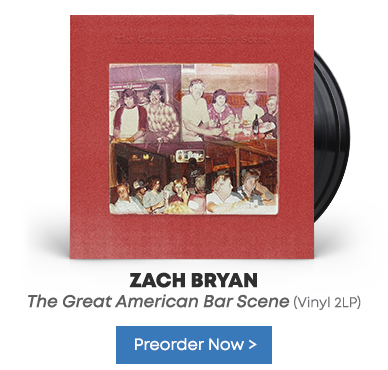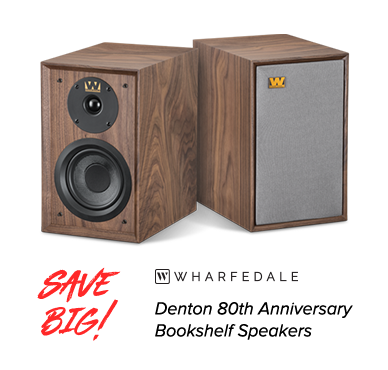Long-time Santana fans rejoiced when news broke of a reunion featuring the band's original members (Carlos Santana, Gregg Rolie, Neal Schon, Michael Shrieve, Michael, Carabello). Then, the release of a new album this past April, Santana IV, gave cause for even more celebration. The recently reunited group already played some dates in Las Vegas and on the East Coast, and will soon embark on a handful of dates worldwide from Poland to Israel and seemingly everywhere in between – except for much of the U.S. Things wind down towards the end of summer when Santana will play two dates in California. As we wait for those concerts to happen, here are some of Santana's most defining moments through the decades.
1960s: Carlos Santana first formed the Santana Blues Band in 1966 with Gregg Rolie and David Brown, musicians he met while busking in San Francisco. The band quickly became known as Santana and had its debut performance in 1968 at Fillmore West in San Francisco. The performance was so well received, the group secured a spot on Woodstock's lineup before it had even released an album. Santana was met with such success at Woodstock, the band signed a record deal with Columbia and soon after released its debut, the eponymous Santana.
1970s: In 1971, Santana released Santana III. It remains, barely, the last record to feature all the original members of the Woodstock lineup. Following the split, guitarist Neal Schon and keyboardist Gregg Rolie formed Journey. Carlos continued recording music and releasing records with a continually changing lineup. Then, in 1972, Carlos recorded his first record outside of the band – a live album with Buddy Miles.
1980s: Santana's 13th studio album, Beyond Appearances, saw release in 1985 and became the first album that didn't achieve gold certification. It marked a turning point in the band's career, initiating a period of commercial decline. The band soon stopped recording material (a halt that lasted for seven years) but continued to tour. Meanwhile, Carlos' sixth solo record Blues For Salvador, earned him his first Grammy Award for Best Instrumental Performance.
1990s: In 1997, Carlos and the band re-teamed with his first producer and mentor, Clive Davis, igniting a mammoth comeback. Davis called upon a handful of prominent musicians such as Eric Clapton, Dave Matthews, and Lauryn Hill to perform on Supernatural, released in 1999. Between the recording and release of the album, Santana's original lineup gained introduction into the Rock and Roll Hall of Fame.
2000s: By early 2000, Supernatural had sold over 10 million copies in the U.S. alone. More exciting news soon followed. The hit single "Smooth" reached No. 1 on the charts and stayed there for 12 consecutive weeks. "Maria, Maria" also reached No. 1, and the success didn't stop there. At the 42nd Grammy Awards, Santana took home eight Grammy awards (he won all nine categories in which he was nominated, including Song of the Year, but the award went to the songwriters). By the end of the ceremony, Santana tied Michael Jackson's 1983 record for most Grammy Awards won in a single year.
2010s: On February 2, 2013, Santana confirmed the band's original lineup would reunite. Slightly more than two years later, on April 15, the band released Santana IV. Schon sparked the idea for a reunion, and the five musicians soon gathered at Carlos' studio and office in Las Vegas, where he occasionally performs a residency at the House of Blues. Shrieve told Billboard he hopes for a tour rather than a handful of dates because "it is a rich little piece of chemistry here that we all share together – not just history, but chemistry when we get together."
18th May 2016




































